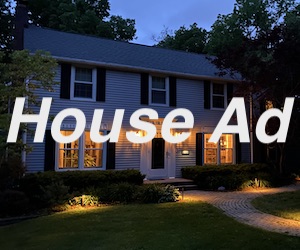Inspiration
I was driving by a cemetery last week and it occurred to me that I never visited the grave of a dear friend I lost several years ago. I knew he was buried near a particular city, but I didn’t even know which cemetery he was in. After a tiny bit of research I found an existing service that might be able to help me. It’s called ‘Find a Grave‘. But their system seems very manual and is not taking advantage of any new technology. Maybe the caretakers of that service could take on the challenge of upgrading their operation. I’m offering this post as a free idea. If you like it and you want to make it real, go for it.
This new service would offer users the ability to locate the gravesite of friends, loved ones, famous people and complete strangers. The tomb locator service is utilized via web page or mobile application.
The Web Site
 The web page offers search functionality with results delivered with the name of the deceased, the dates from the tombstone, any inscribed epitaph, the name of the cemetery or morgue, and the geographic coordinates of the site along with a photo of the grave and a map pinpointing the location.
The web page offers search functionality with results delivered with the name of the deceased, the dates from the tombstone, any inscribed epitaph, the name of the cemetery or morgue, and the geographic coordinates of the site along with a photo of the grave and a map pinpointing the location.
Additionally, the results will also list who is entombed nearby using the ‘entombed neighbors’ function, which takes the form of a link that expands on the page. The map will be a simple Google maps or open map and the user will be able to get directions to the location.
Other basic site functions will be available, but its primary purpose will be the search feature. Searches can be narrowed by adding birth or death date and a city or state.
The Mobile App
The tomb locator mobile app will have all the same features of the web site. In addition it will allow users to take photos of gravestones. The photos will be automatically uploaded to the central servers along with their geographic coordinates. OCR will be performed on the stones inscribed lettering and a light pattern matching system will identify the words and dates that make sense. This will quickly be presented back to the user for correction. Once the user verifies the accuracy, they can submit it to the service.
Initially a small cadre of enthusiasts should be contacted to build up the database. After a short period, beta testing can begin via referrals. Once the bugs are worked out a wider launch can commence, one platform at a time. The latest craze is soft launching on Windows phones first.
Monetary Considerations
This service is very simple and would require minimal capital for start up. I anticipate the start up costs to be less than $300,000 for the first year and, without any further ambition, the subsequent cost could drop to under $150,000 which would allow for hosting of the database, web site and paying a single, talented engineer to maintain the code base and create new applications for any subsequent, widely used application platforms. Of course, stretching the timeline out could turn this project into a hobby, rather than a startup.
On the other hand, a more ambition plan would require more money. After a successful launch in the US, the European market would be next. With the thousands of famous historical figures buried in Europe there’s an interesting opportunity involving the tourism industry.
The tomb locator app should be free of charge with ads and $0.99 for an ad free version.





 The web page offers search functionality with results delivered with the name of the deceased, the dates from the tombstone, any inscribed epitaph, the name of the cemetery or morgue, and the geographic coordinates of the site along with a photo of the grave and a map pinpointing the location.
The web page offers search functionality with results delivered with the name of the deceased, the dates from the tombstone, any inscribed epitaph, the name of the cemetery or morgue, and the geographic coordinates of the site along with a photo of the grave and a map pinpointing the location.
